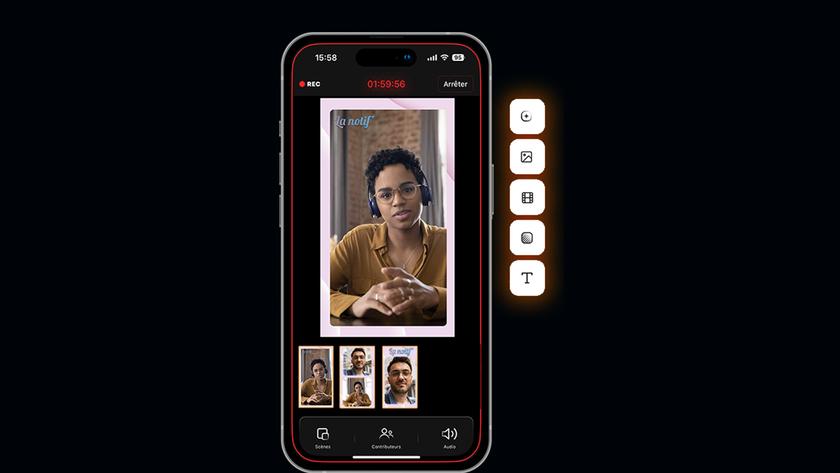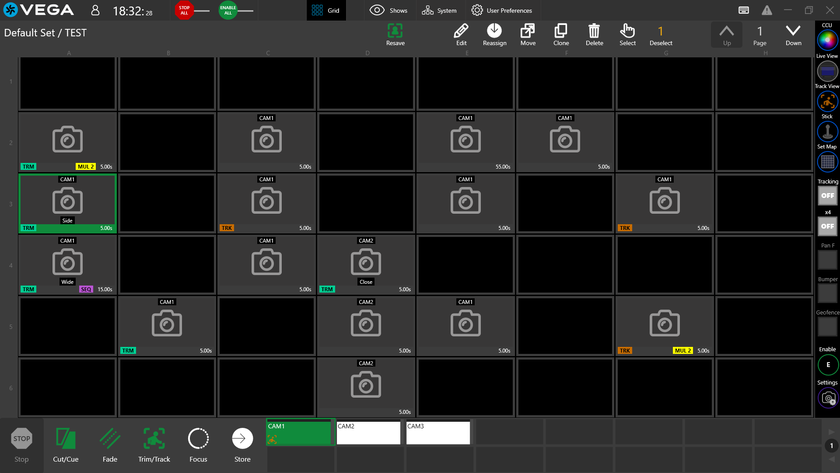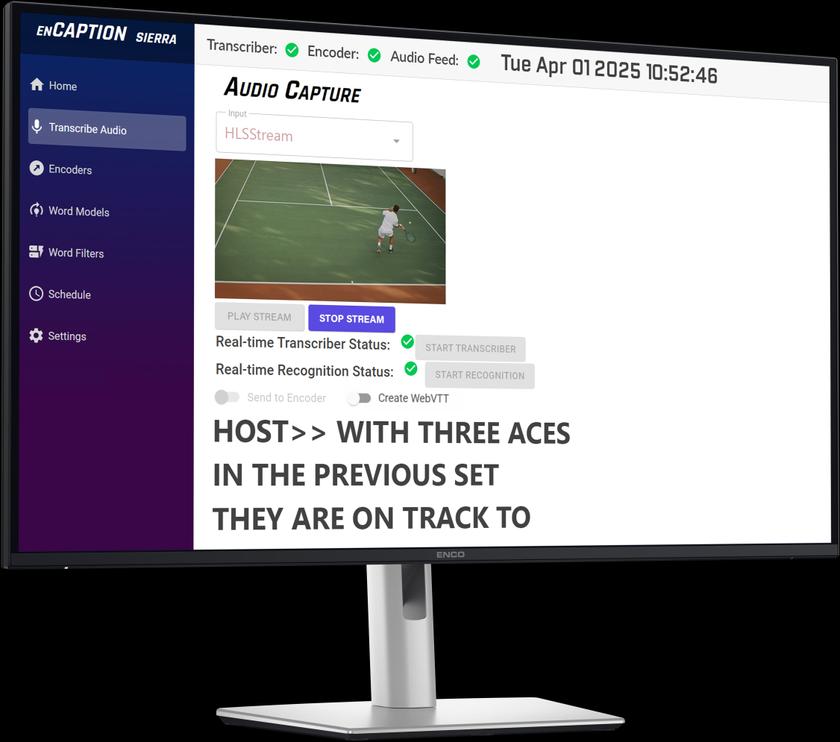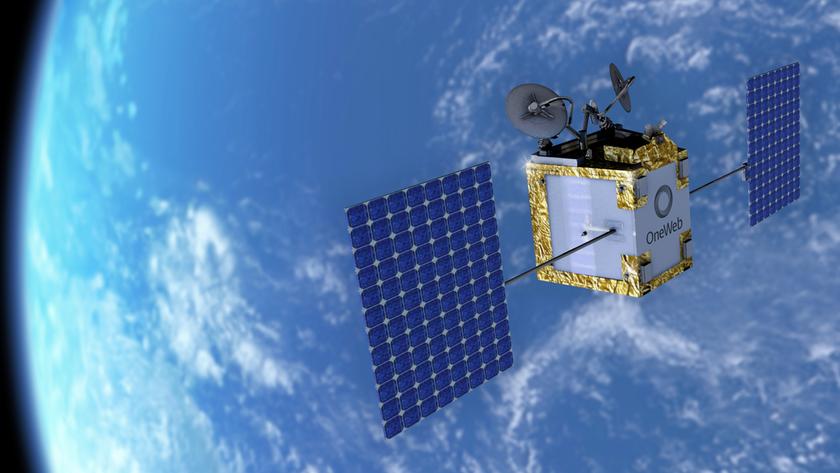NAB Questions FCC’s Proposed TV White Space Measurement Model
NAB raises concerns over “terrain-based” model

WASHINGTON—NAB is continuing its fight to protect TV White Space, with its latest comments to the FCC questioning the methodology that the commission will use for determining TV White Space channel availability.
In comments filed on March 29, NAB praised the FCC’s efforts in recent years that have allowed TV to evolve with new services like NextGen TV and distributed transmission systems (DTS), enabling broadcasters to better serve the public. At the same time, the FCC has loosened rules for TV White Space devices, including recently authorizing higher power levels, among other things.
Because of these factors, the NAB does not believe that now is the time to change the method to determine channel availability that was proposed in a Further Notice of Proposed Rulemaking. The FNPRM calls for a switch to a deterministic terrain-based model.
“Using deterministic terrain-based models could risk more interference in the very areas where television coverage is already challenging at the very moment when broadcasters are trying to improve it,” NAB’s comments read. “We urge the Commission to reject this proposal.”
PLUS: NAB to FCC: Don’t Authorize Client-to-Client Communication in 6 GHz Band
The goal for switching to a terrain-based model, according to NAB, is for greater accuracy in determining channel availability than the current method of referencing a station’s protected contour. NAB does not believe this will be the case, calling point-to-point terrain-based models results superficial that overstates the true accuracy of terrain-based models with respect to individual TV receivers.
“Models, including Longley-Rice, may be broadly accurate on average but will inarguably be inaccurate in individual real-world cases,” NAB wrote. “Terrain-based models do not, and are not intended to, reliably predict signal levels (whether desired or undesired) at specific locations. Rather, they predict only qualified results with a typical confidence level of just 50 percent. Stated different, these are blunt instruments that may be broadly accurate over a large number of predictions but are wildly inaccurate in specific situations.”
Get the TV Tech Newsletter
The professional video industry's #1 source for news, trends and product and tech information. Sign up below.
Two reasons why the NAB believes these models will not work is because first, coverage in the real world cannot be perfectly planned, and second, there is no accurate way to determine the precise location of individual TV receivers that might allow for more granular determinations of coverage. NAB specifically cites ATSC 3.0 as an example of this, saying NextGen TV deployments will prove complicated for terrain-based models.
PLUS: NAB Brands Efforts to Expand Unlicensed Access in 6 GHz Band as ‘Premature’
Overall, NAB does not believe that now is the right time for a switch like the one proposed in the FNPRM to take place.
“[E]ven if the Commission were convinced that there is some small degree of marginally improved accuracy to be gained by relying on terrain-based models to determine channel availability (which there is not) this would be the wrong time to make such a change. At a minimum, we urge the Commission to wait until it has a clearer picture of: (1) the changes to the noise floor caused by relaxed TVWS rules; and (2) the evolving state of coverage as broadcasters continue to deploy ATSC 3.0 service.”
NAB’s complete comments can be found through the FCC’s Electronic Comment Filing System.

NAB Urges FCC to Allow Software-Based EAS
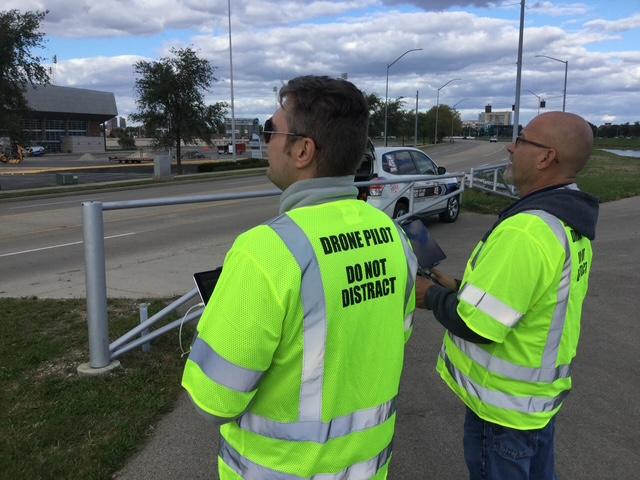
FAA Grants Sinclair Permission To Fly Newsgathering Drones Over People, Vehicles
